I am a big believer in the saying, “if you are going to do something, do it well”. And to me that means giving 100% effort. My workouts are no different and I don’t think yours should be either.
But I am not talking about killing yourself in your workout.
Instead, I am ALMOST talking about the opposite.
What I want to share with you is how to get more out of what you are already doing. If you like high intensity 20 minute workouts, then apply these technique tips and you will feel better. But if you like a slower paced workout with more rest built in, then apply these techniques and get more results.
Below I have my top 5 technique tips for you to get the most out of your workouts listed. I am not kidding when I say this is exactly what I think about and it is HOW I coach my clients. Plus I linked all my outfit details and you can see my most motivating workout partner, Freddy 🤍.
MID FOOT TO HEEL LOAD
Proper weight distribution in your foot is a key to muscle firing patterns in your lower body. And 99.9% of the time the right choice is to keep your weight mid foot to heel.
What does mid foot to heel mean? Imagine a line going through the laces of your sneakers and then making a 90 degree turn back to your heel. Your weight should be even between those points.
Using a proper mid foot to heel load should help you activate your lower body posterior chain – glutes + hamstrings. You will know you are doing this right when you feel the even distribution of weight in your feet and a burn in your glutes and hamstrings.
It is important to note that your toes should be in contact with the ground. I see too many people pulling their toes off the ground to keep their weight in the mid foot – heel. Picking up your toes all the time will have a negative impact on your balance and muscle firing patterns.
You can read more about training your glutes, hamstrings and quads by clicking on each word to find a list of the best exercises for each muscle.
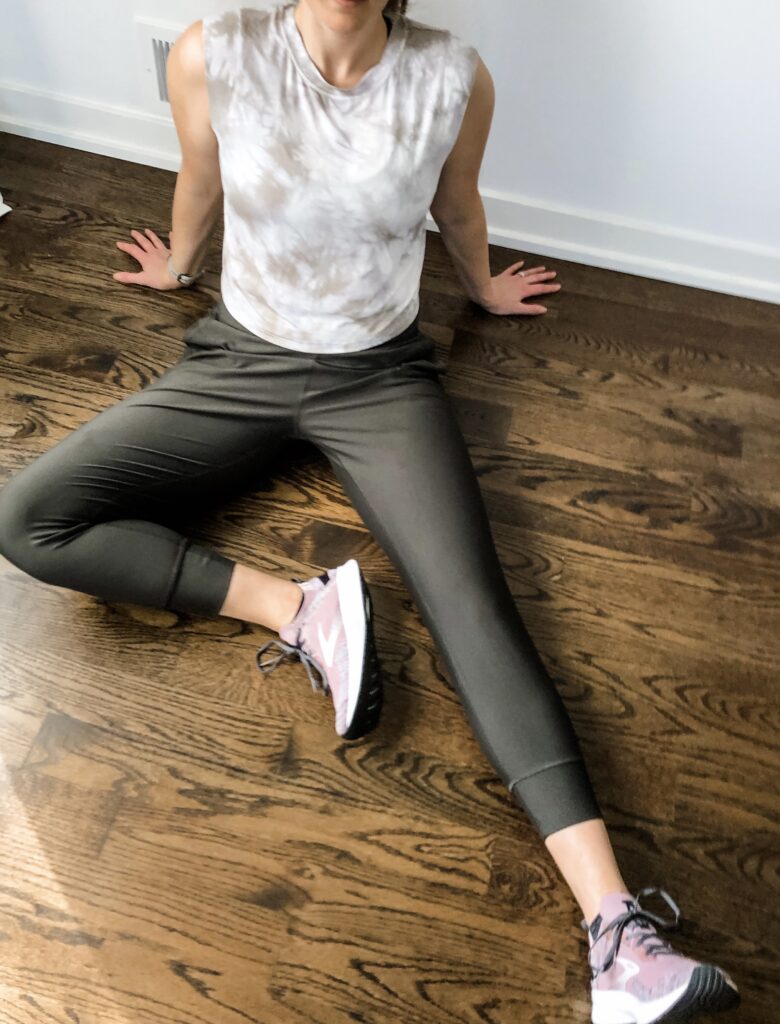
SCAPULAR RETRACTION
It is so hard for me to pick just one of these tips as my favorite. They are each important in their own way. And in this case scapular retraction and stability are huge for get the most out of your upper body workouts and improving your posture.
Before you do any upper body movement – bicep curls, pull-ups, front raises, planks, literally any and all of them – you should be considering the involvement of your scapula in performing the movements correctly.
You will likely need to be retracting your scapula to some extent. Now, that could be a neutral position like on a bicep curl or it could be retracting them to a full pinch like at the start of ALL pulling movements.
I like to tell my clients to push their chest to the weight, by pinching their shoulder blades, when doing pulling movements. And to have a proud starting posture even for lower body movements like lunges.
The catch is always to maintain a neutral spine. You do not want to pinch your shoulder blades and arch your lower back. Your core should be engaged to keep a neutral spine position as you move.
Appropriately using scapular retraction and stability while exercising will help to improve your posture, increase strength gains and can even help alleviate some neck, shoulder and back pain.
You can learn more about improving your posture with this article.
More information on relieving low back pain can be found here.
A short list of the best back exercises (scapular retraction) can be found in this article.
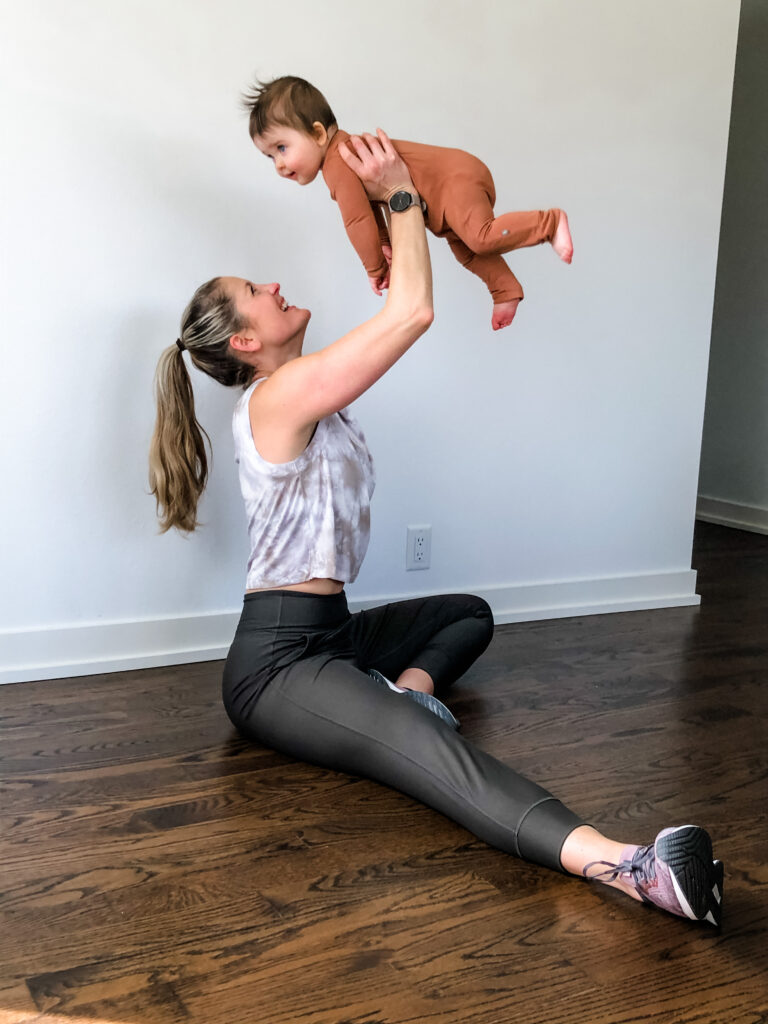
CORE ENGAGEMENT AND BRACING
This might be my broken record phrase and for good reason. Your core is your foundation, it is what provides us the ability to move. Keeping a strong and engaged foundation through all movement will result in better movement.
You will experience better results in the strength department, increase likelihood of using the right muscles and decreased discomfort. All because you kept your core tight.
And to clear up some common misconceptions about engaging your core … I am not talking about sucking in your belly, nor am I talking holding your breath.
If you have a second lay on your back for a quick example. First I want you to try and just suck your belly. And then try to breath normally and make any movement. Weird and hard right?
Now, try to engage your core and brace into the ground. Use the ground as a resistance you are trying to get your core to work against.
Do you see how they are different? And how much more core work you feel bracing versus sucking in? And it is easier to breath, right?
To round out this (brief) discussion, most muscles, including the abdominals, don’t actually get smaller upon contraction. Rather they get firm and more pronounced. So sucking in your belly to engage your core doesn’t make sense. What other muscles do we suck in?
I recommend my client use a core activation and engagement exercise as part of their warm-ups. But if this is something they really struggle with we practice. We find movements that allow them to keep their core engaged and challenges them to stimulate an adaptation.
If the core bracing exercise above was hard slow add in movement from one limb at a time and get more diverse as weeks go on. I like to start with deadbugs and the many variations that can be created for all clients.
You can read more about our favorite warm-up here. And get more information on training your core the right way in this article.
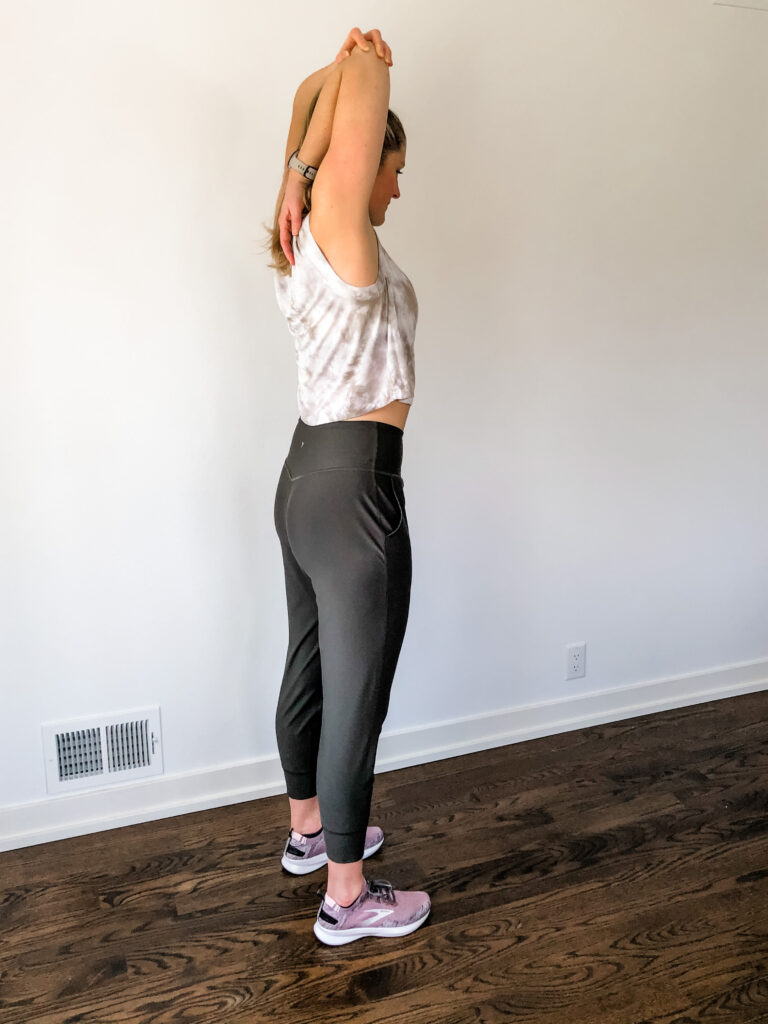
RANGE OF MOTION
My clients come in looking for different results. Athletic performance, weight loss, pain management, slow down the aging process, improve their lifestyle, manage stress … and the list goes on. No matter what their goal is, we put a high priority on range of motion.
The progression for all clients is to improve and establish proper range of motion. At all joints. Then build stability and finish it off with power and strength. That isn’t always linear for every part of the body, but it is the philosophy I apply to all my clients for some pretty great results.
Assuming you do not have any major orthopedic issues or injuries you should be focusing on working in a full range of motion. Quarter squats are a thing that drive me crazy. Yes, an argument can be made for them in some people’s programming. But only if you are 95% of the time using a full squat range of motion.
That holds true for all movements – upper, lower and core. We want to be working in a full range of motion as often as possible. For my clients (and myself) I use the TRX as a tool to de-load or assist a movement enough to achieve a full range of motion.
When done correctly, over time, your range of motion will increase, and your muscle firing patterns within that range of motion will improve. This will result in improved stability and strength, decreased chronic pain and discomfort and improved physique.
You can read more about how to use the TRX to increase your range of motion and stability in this article.
If you do have orthopedic issues or injuries, you should consult a professional – physical therapist or personal trainer before trying anything.
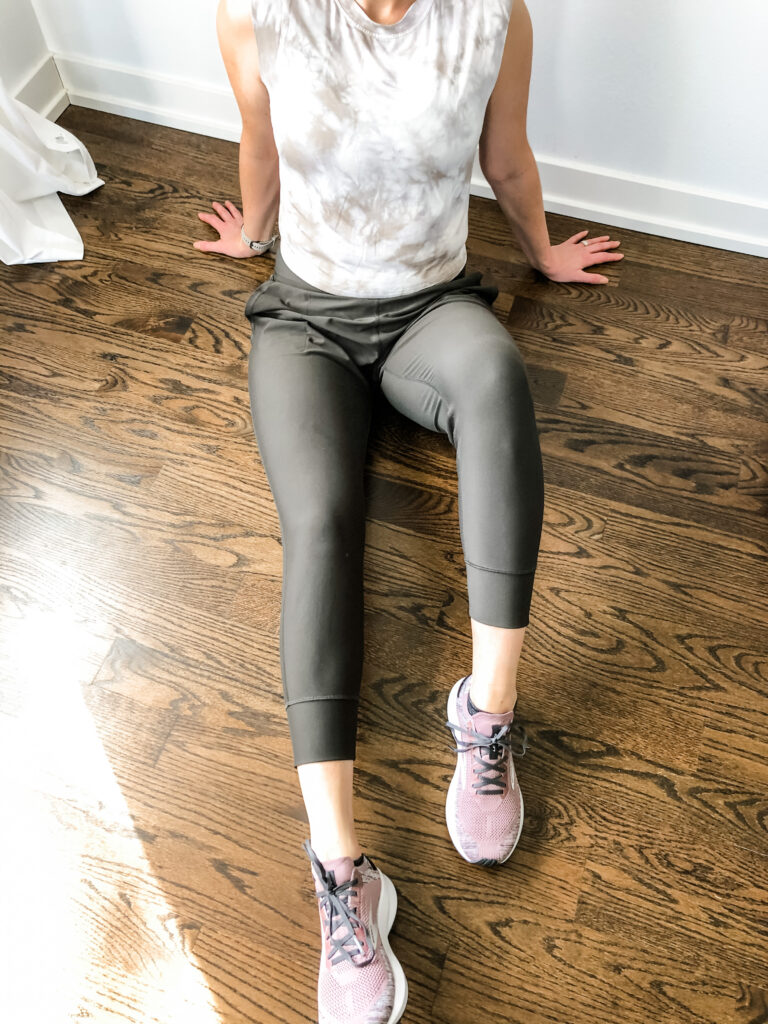
MIND BODY CONNECTION
Very early in my career I was doing some research on body building and figure competitions. I was fascinated by the training that went into achieving the associated physiques and I wanted to know more.
The best nugget of information was from a coach that essentially told me if you can’t think of a muscle and flex it, then you can’t train it. He went on to explain that he has his clients stand in front of mirrors and practice engaging muscles. That posing practice was more than specific positions.
I was blown away by the simplicity of his statement. He summed it up so well.
Now I don’t expect my clients to stand in front of the bathroom mirror and flex their muscles. But I find this applicable to EVERY point I listed above. Connecting your mind to what your body is doing in exercise will improve your results.
In order to keep the load mid foot to heel during movement and keep your toes down, you need to think about it.
If you are really going to start every pulling motion with scapular retraction and NOT arch your lower back, you need to think about it.
Properly engaging your core and maintaining it throughout movement will require you to think about it.
And working in a full range of motion with the correct muscles firing will require you to think about it.
The good news is the more you practice, the easier it gets. Try not to get caught up in how much harder it is today and think about where you will be in a year from now with consistent practice.
GET THE MOST OUT OF YOUR WORKOUT
Now, PLEASE, take my five tips and start applying them. I promise you will feel the difference. These tips are why I can get as much out of a 10-minute workout as people get out of a 50 minute workout.
Keep in mind – quality over quantity, and long-term over short-term.
OUTFIT DETAILS
Some of the links below are commissionable links. There is no increase price for you and your support is greatly appreciated.
I am loving these Old Navy Joggers – they are incredible soft, high-waisted and breathable. Now, I wouldn’t go for a run in them, but they are perfect for workouts at home or at the gym. And this top is new from Target, love the colors and the cropped fit.
And for all of those who love a good deal, I used Rakuten to shop my whole look and earn cash back. You can earn $20 cash back after your first purchase. Click here to learn more.
Have a great day!
-Chellie
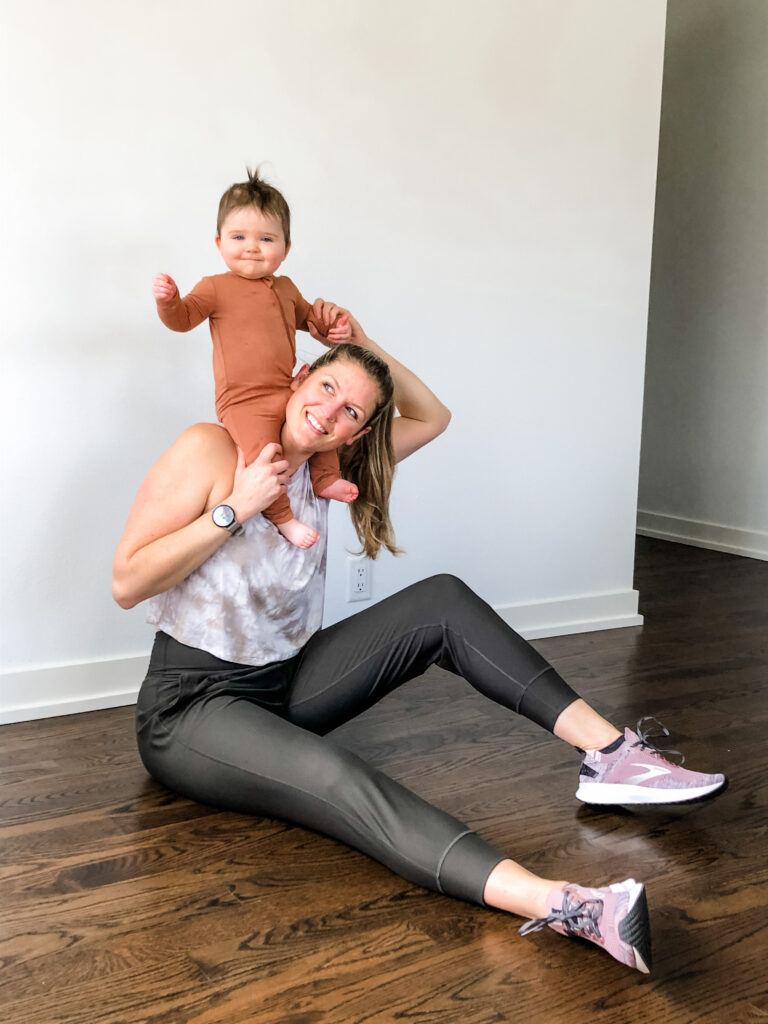
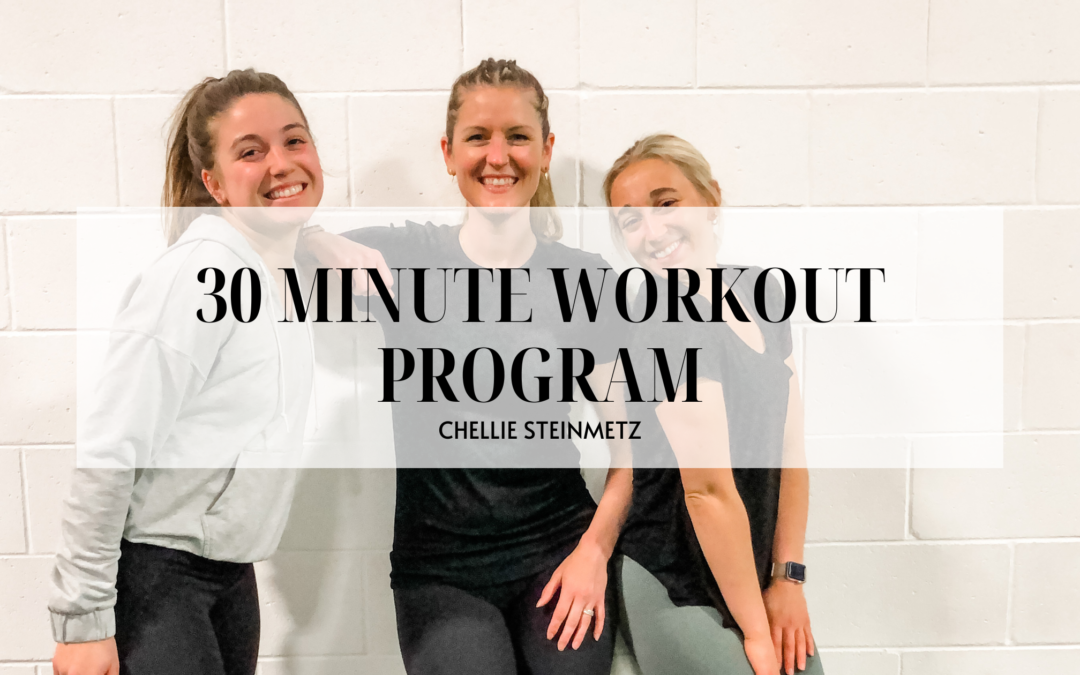


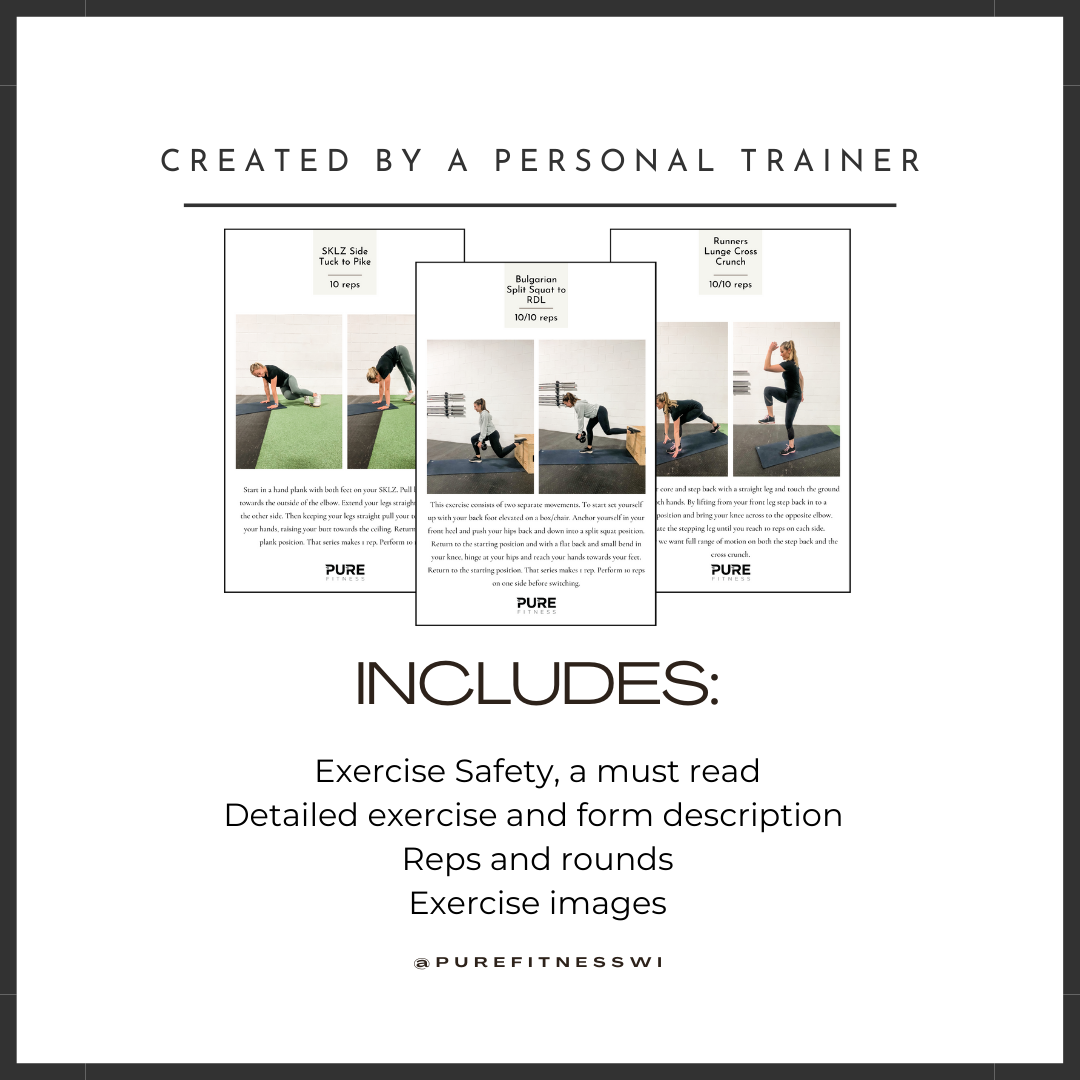
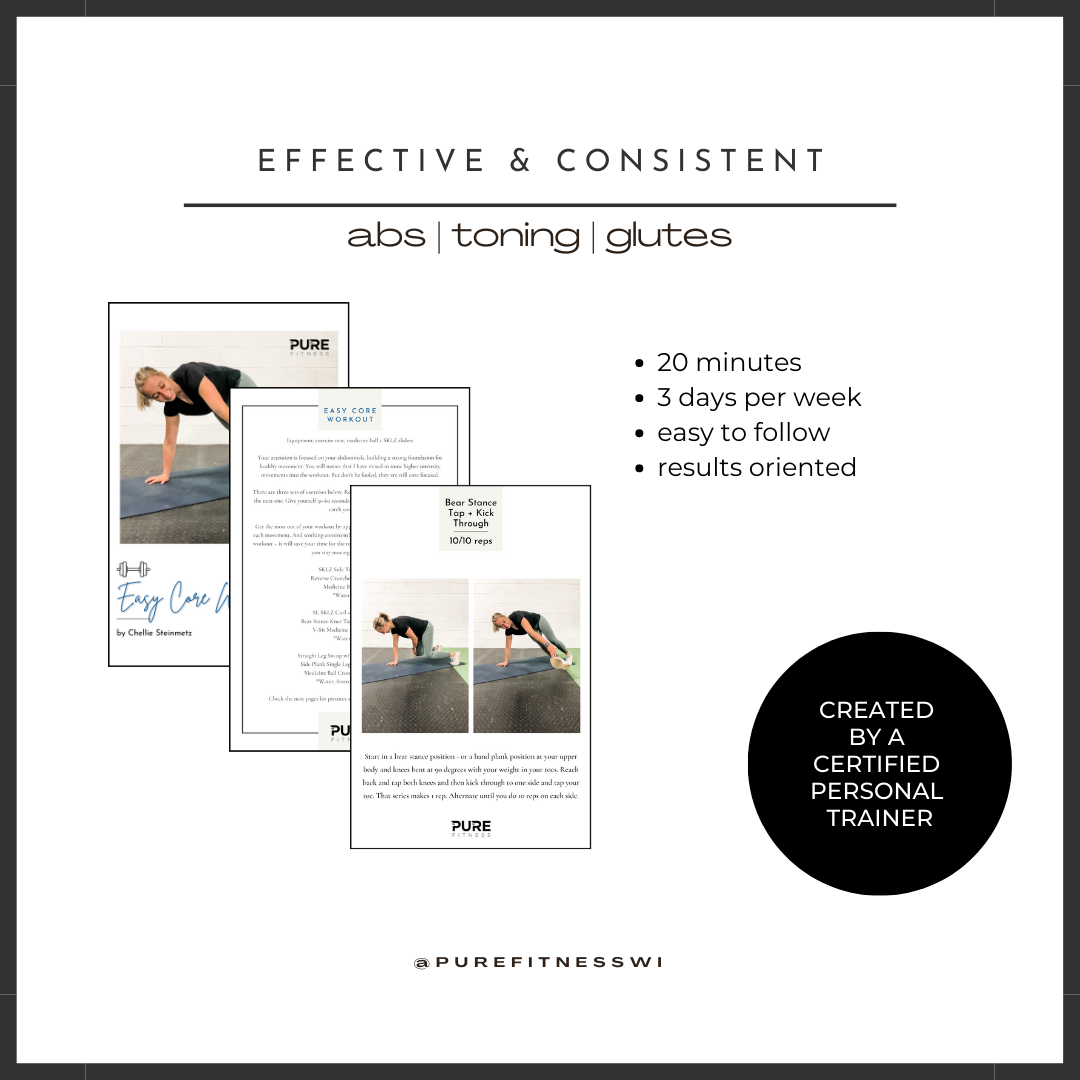

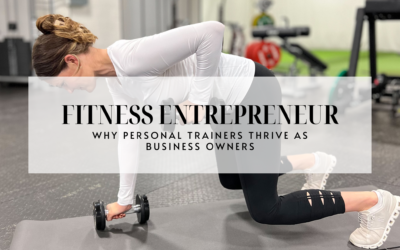
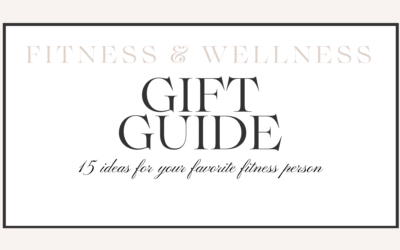
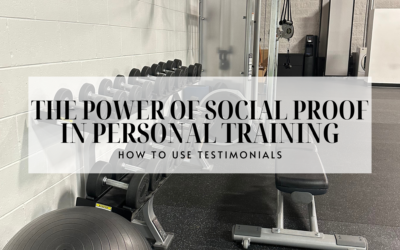
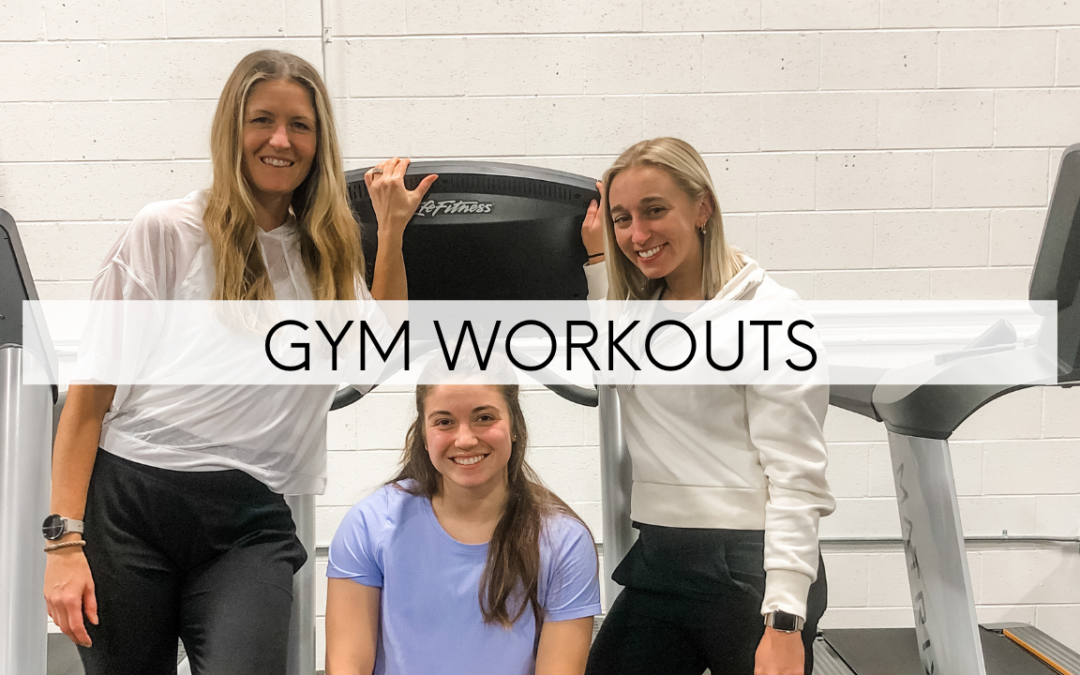
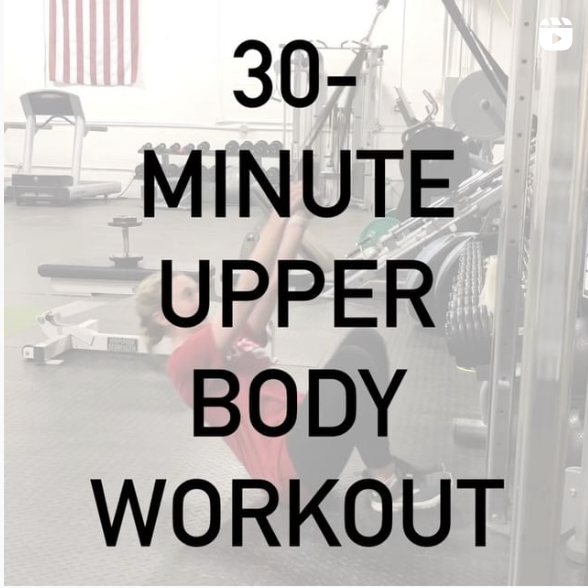
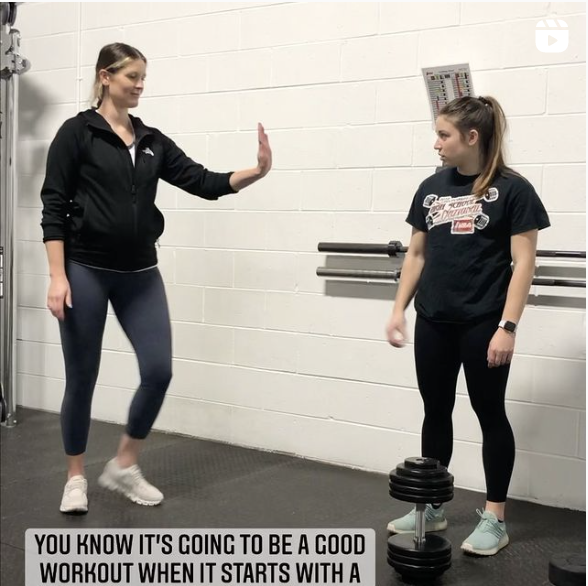
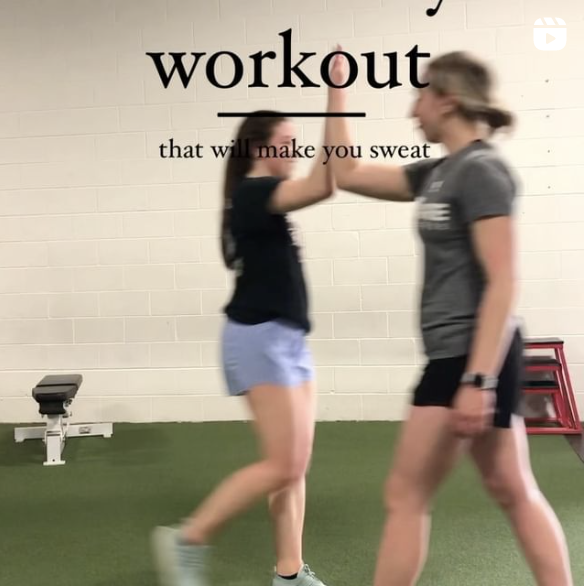
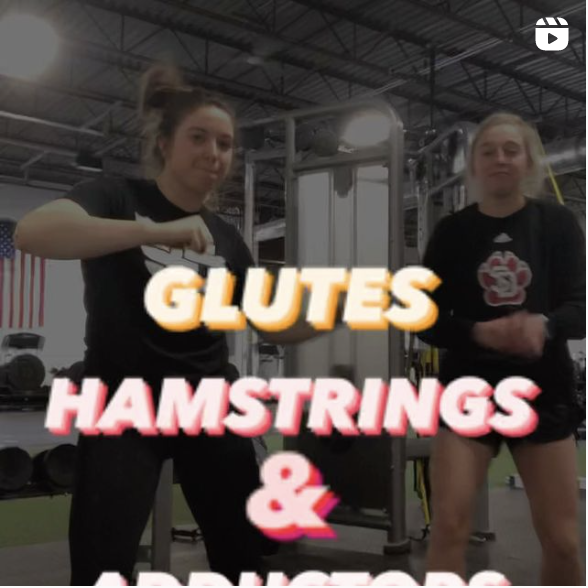
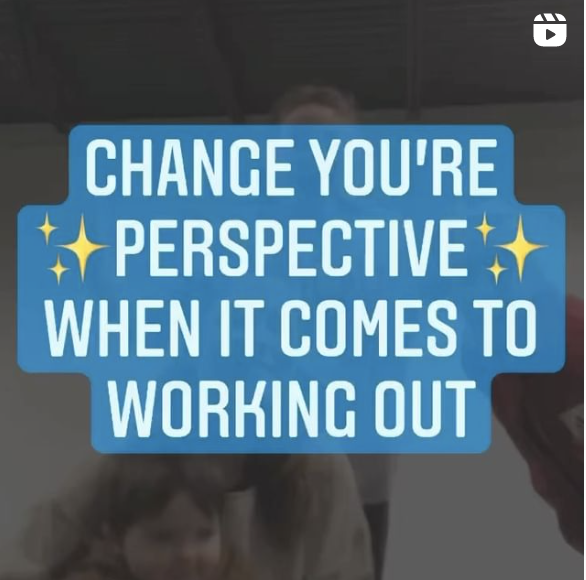
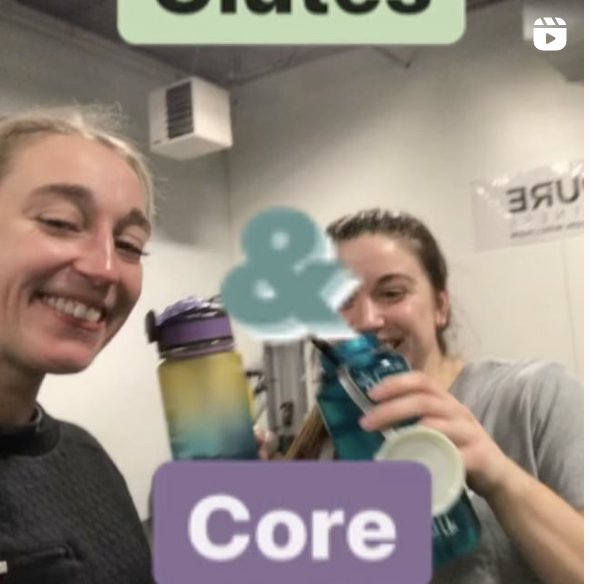
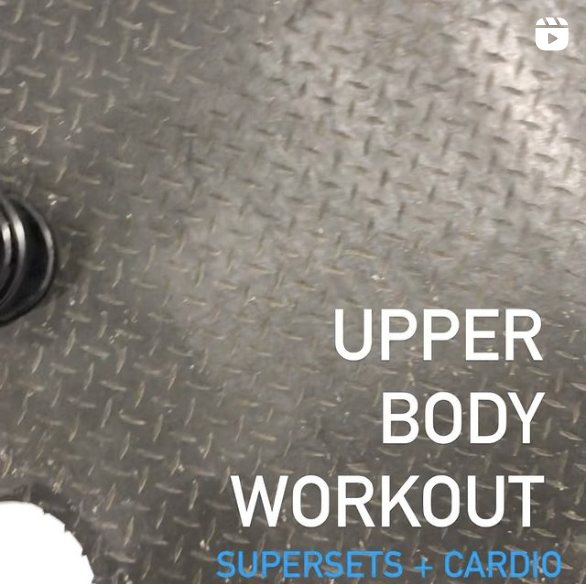
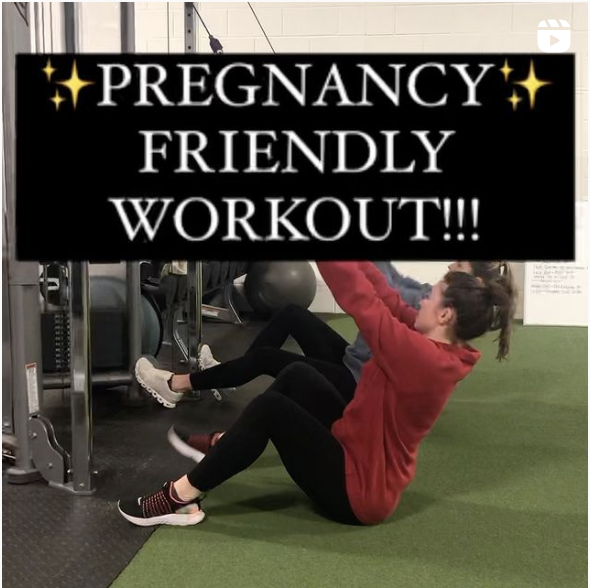
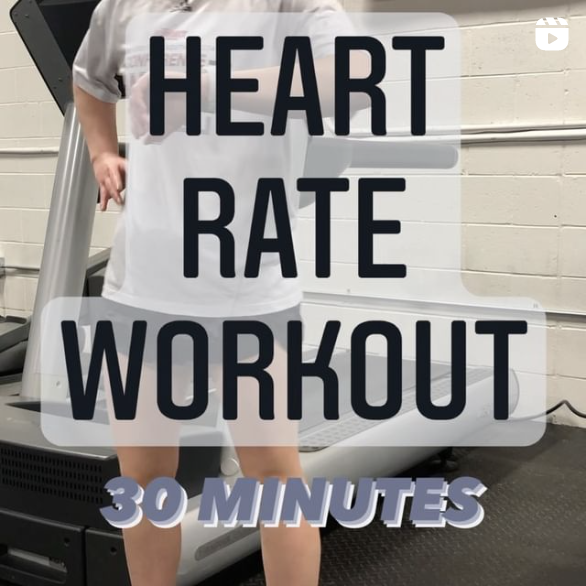
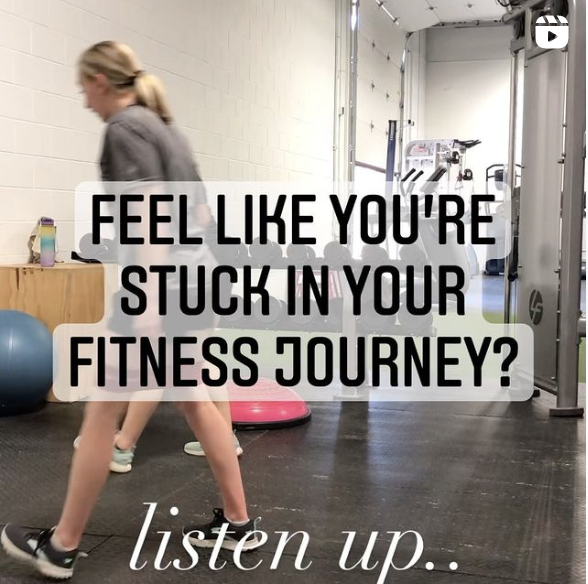
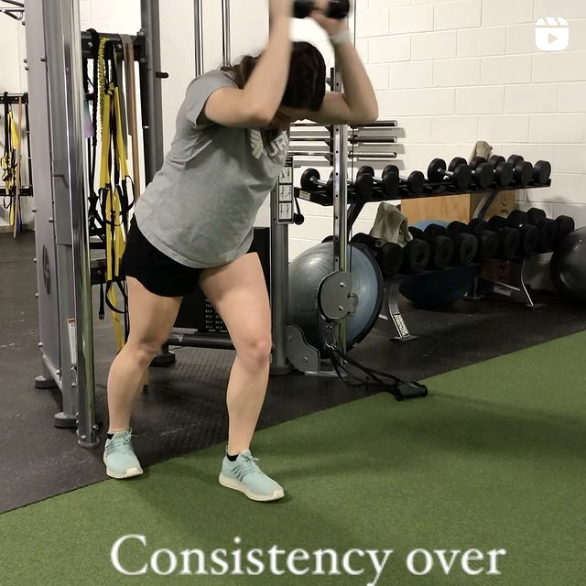
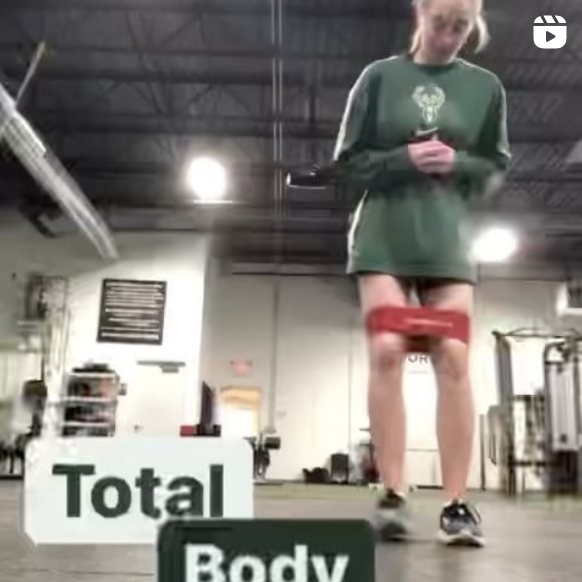
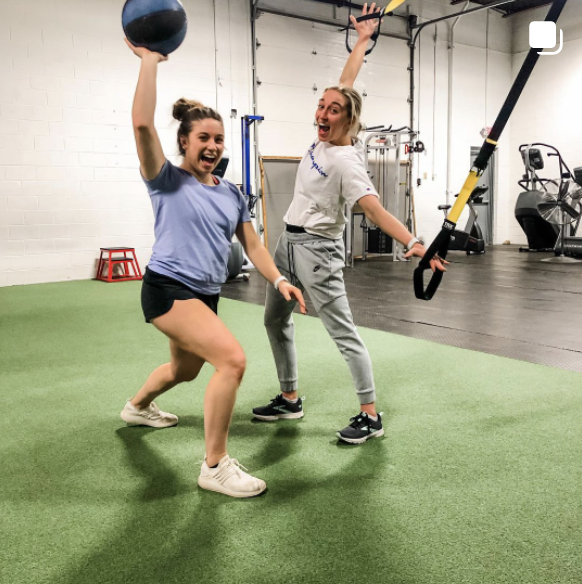
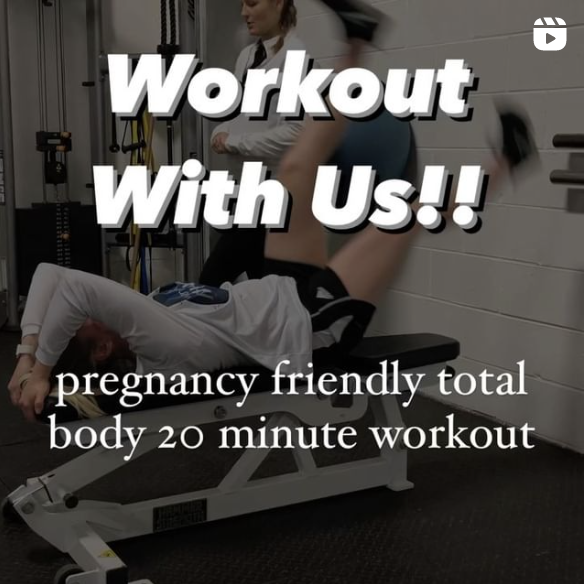
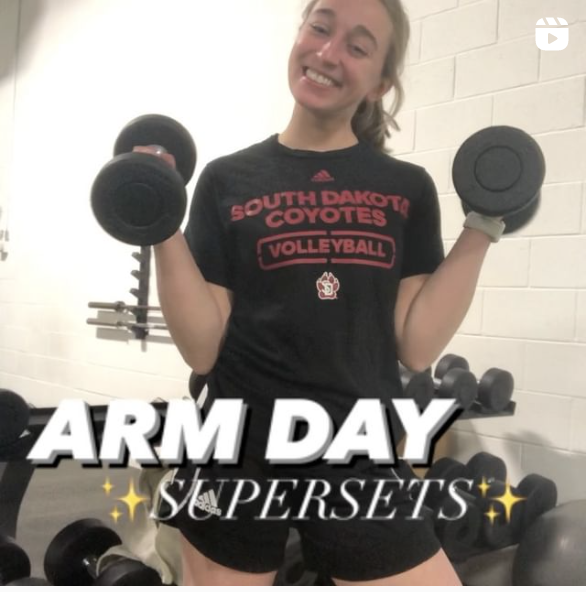
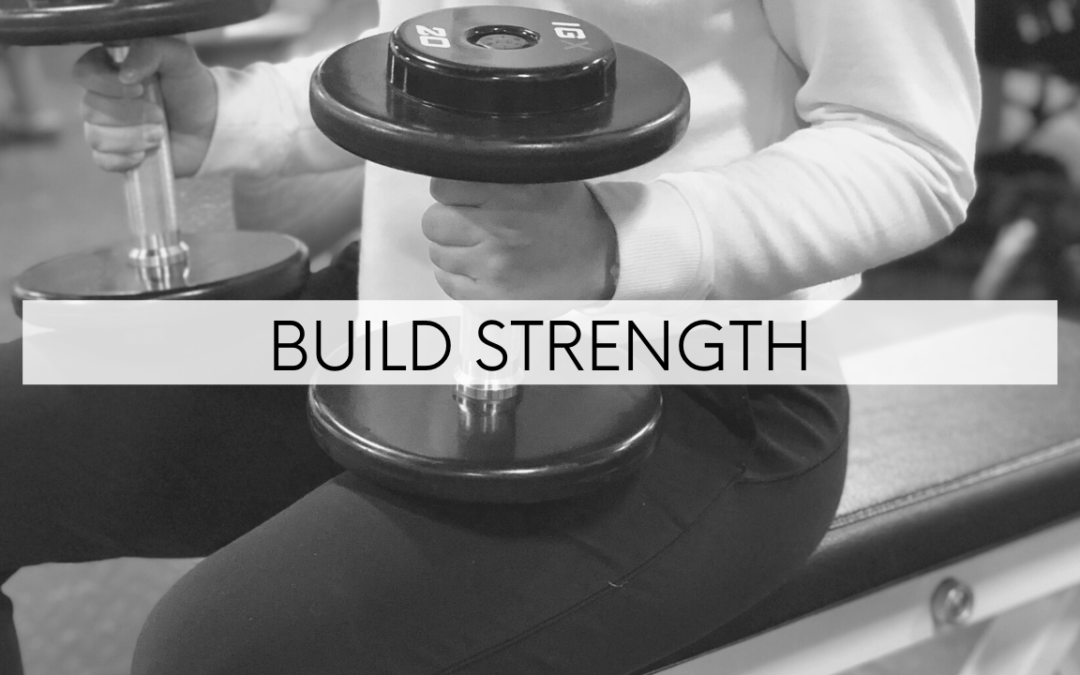
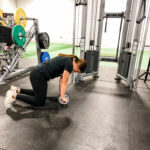
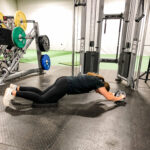
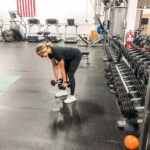
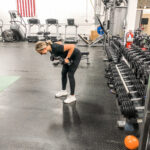
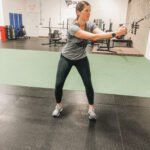
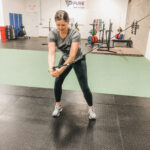
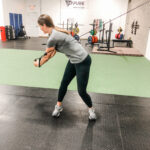
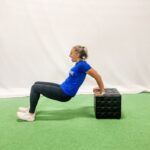
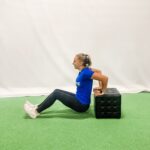
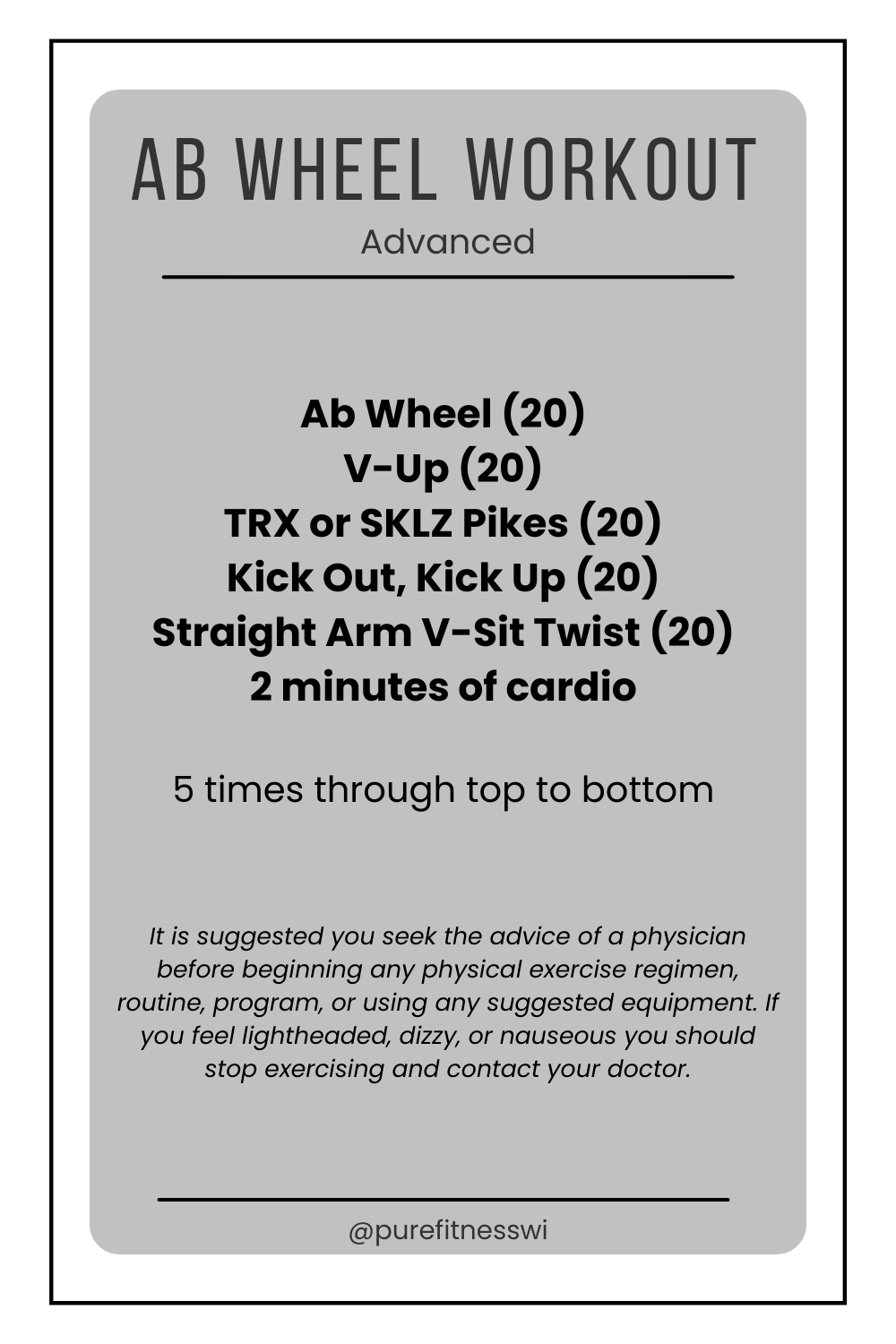
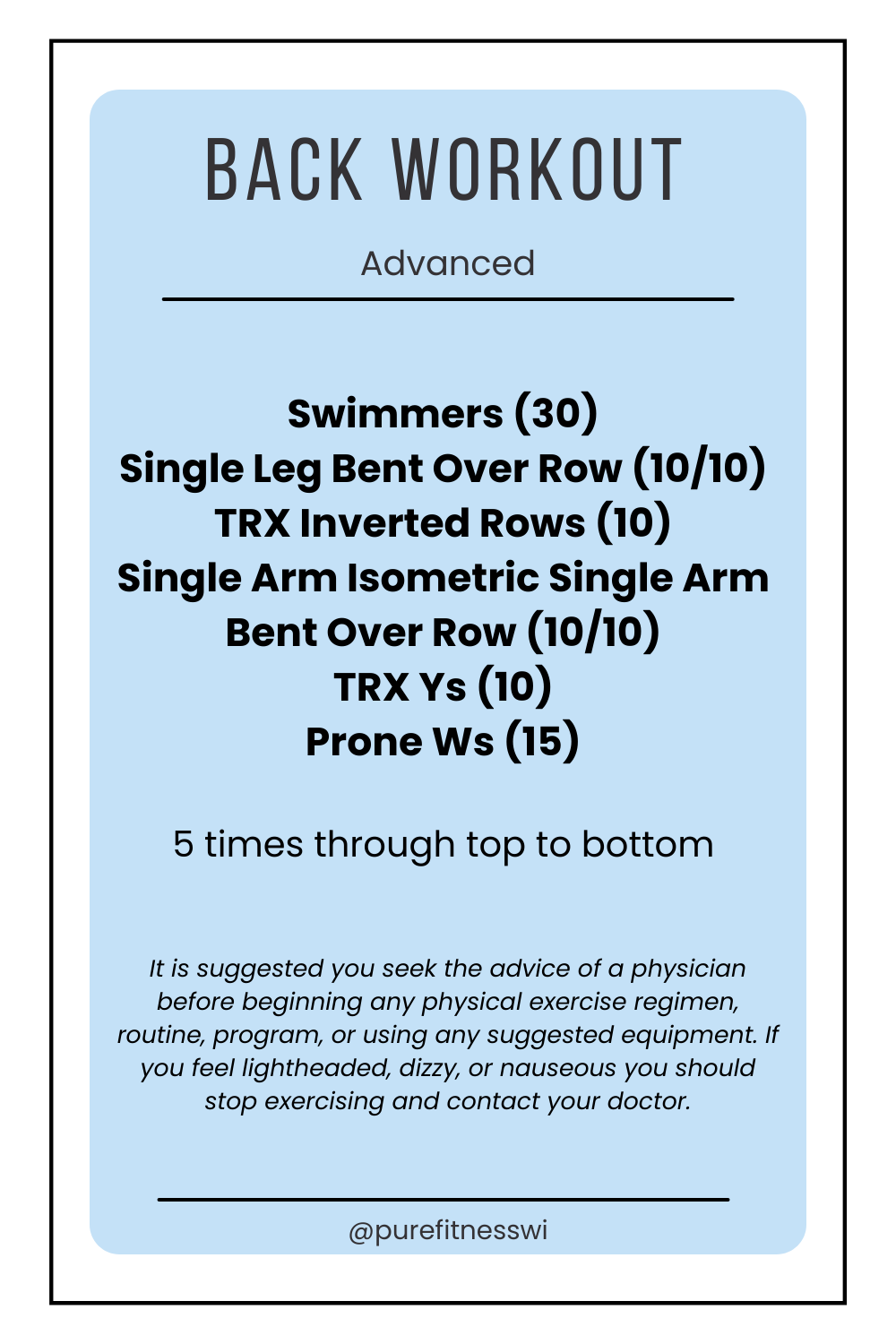
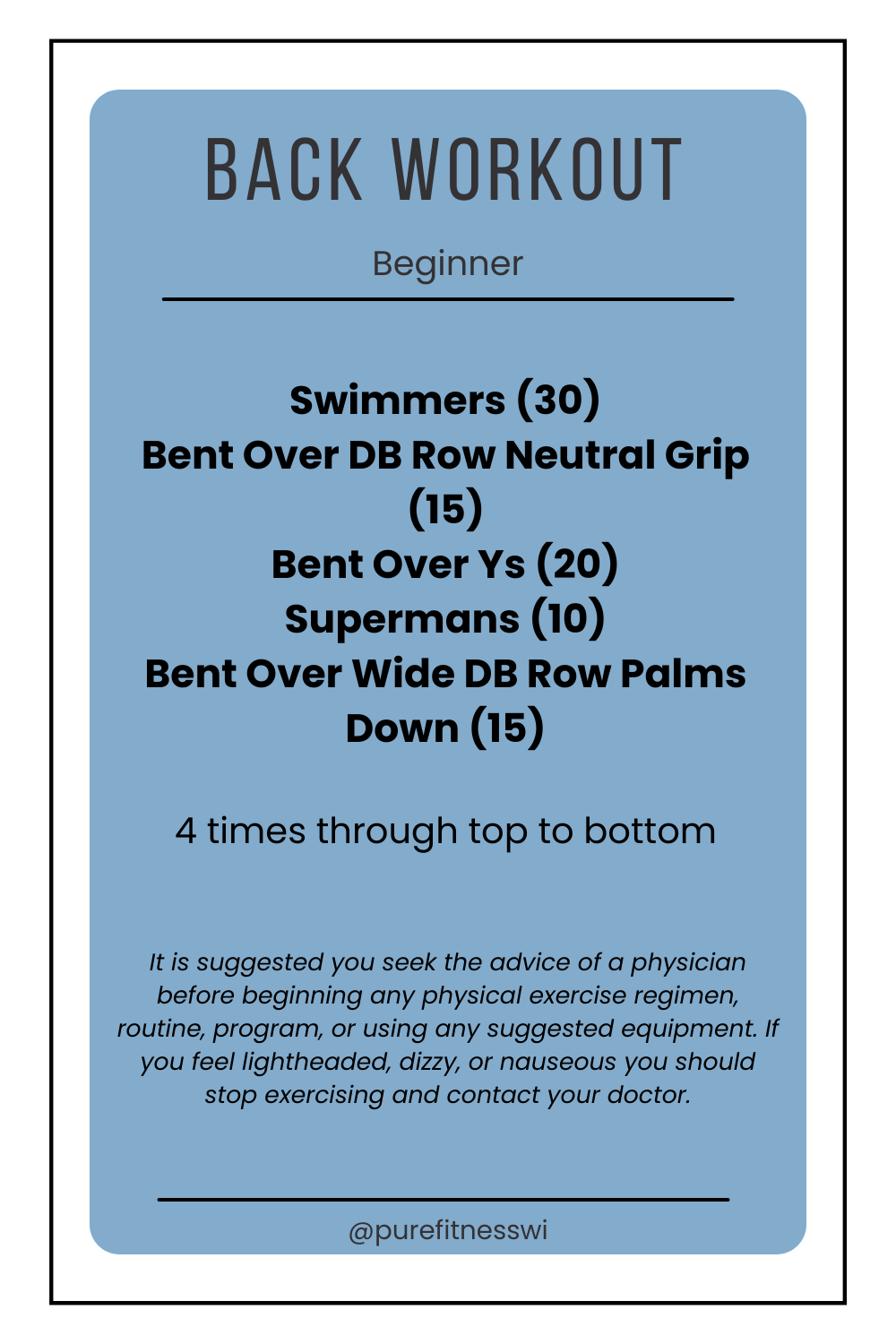
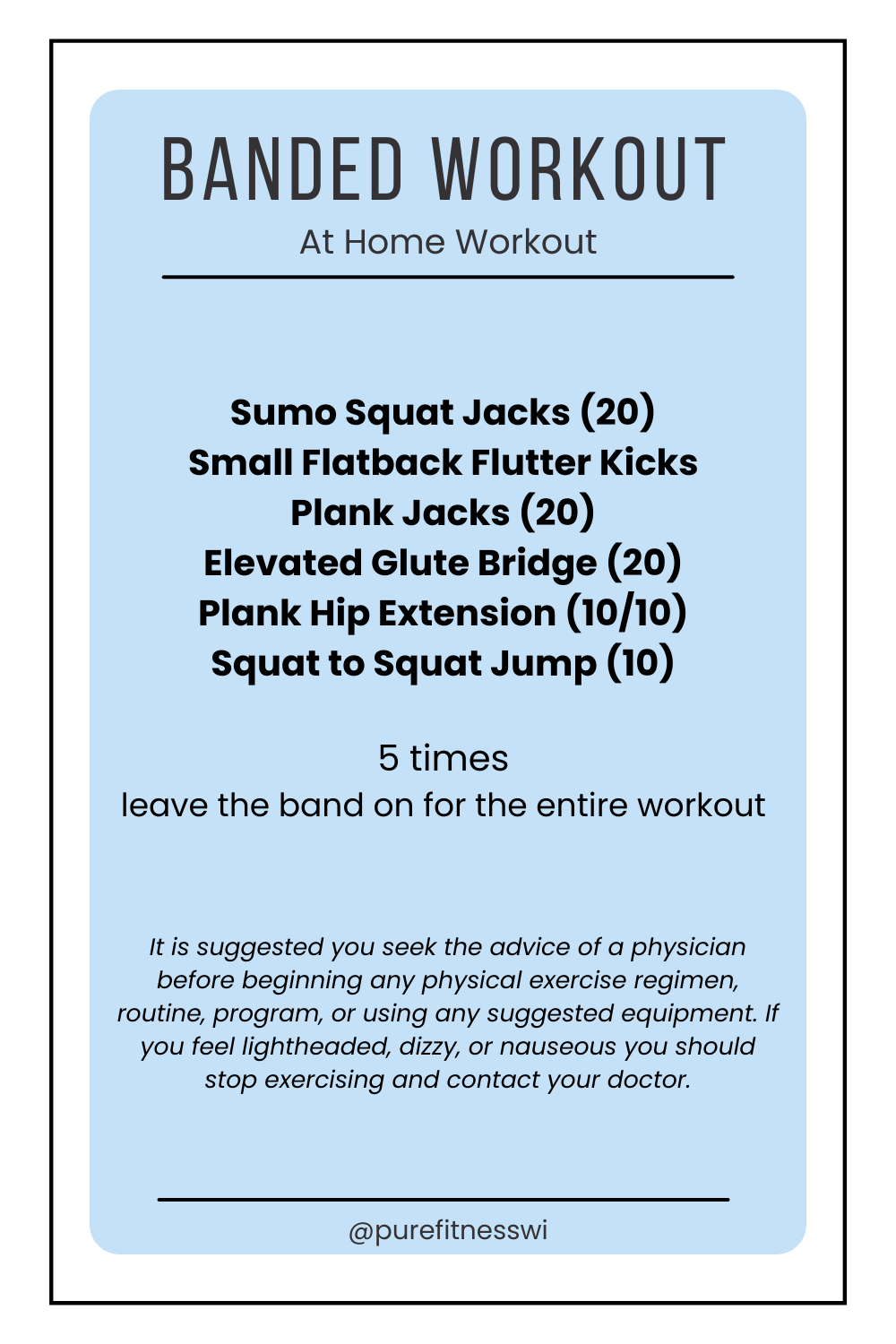
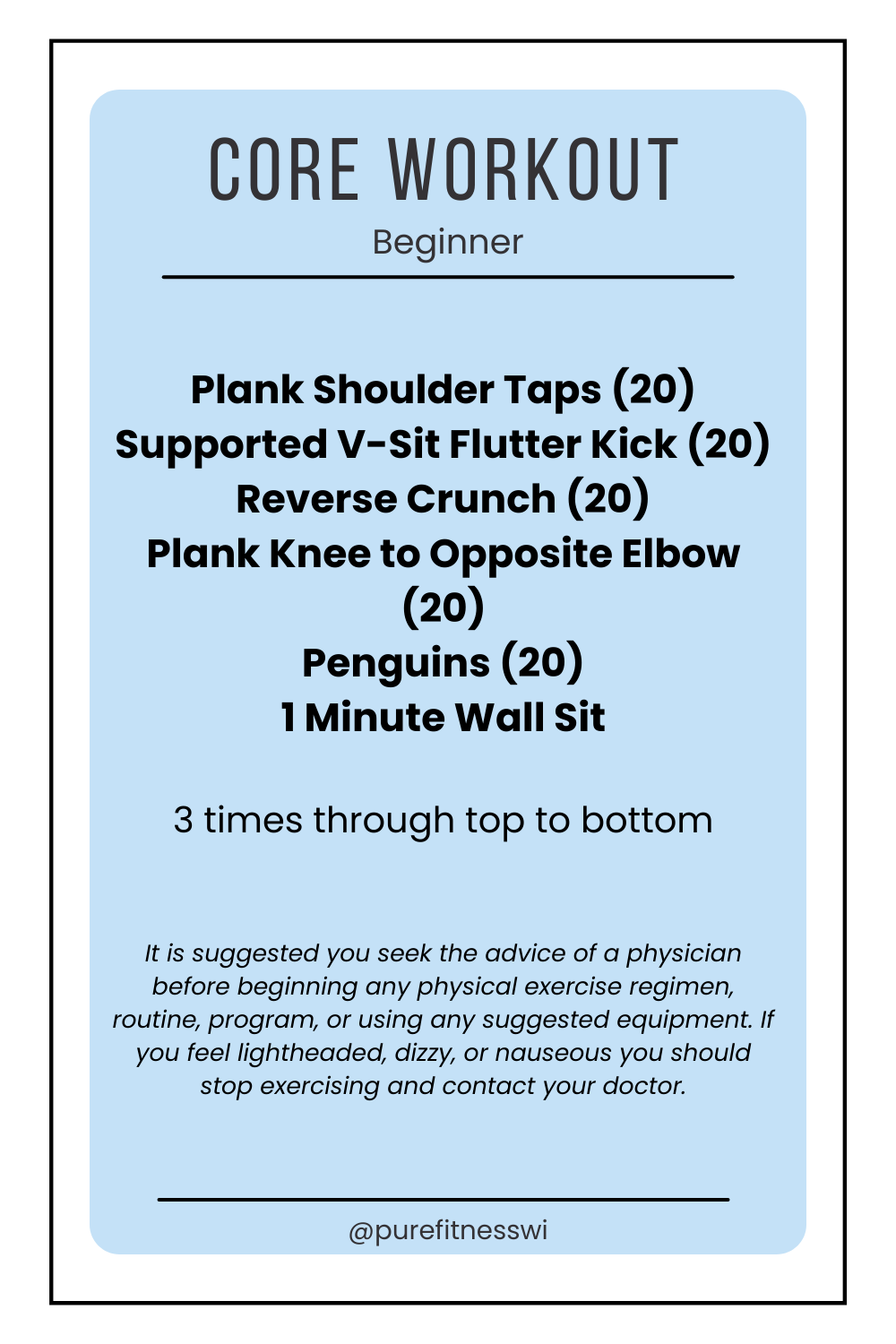
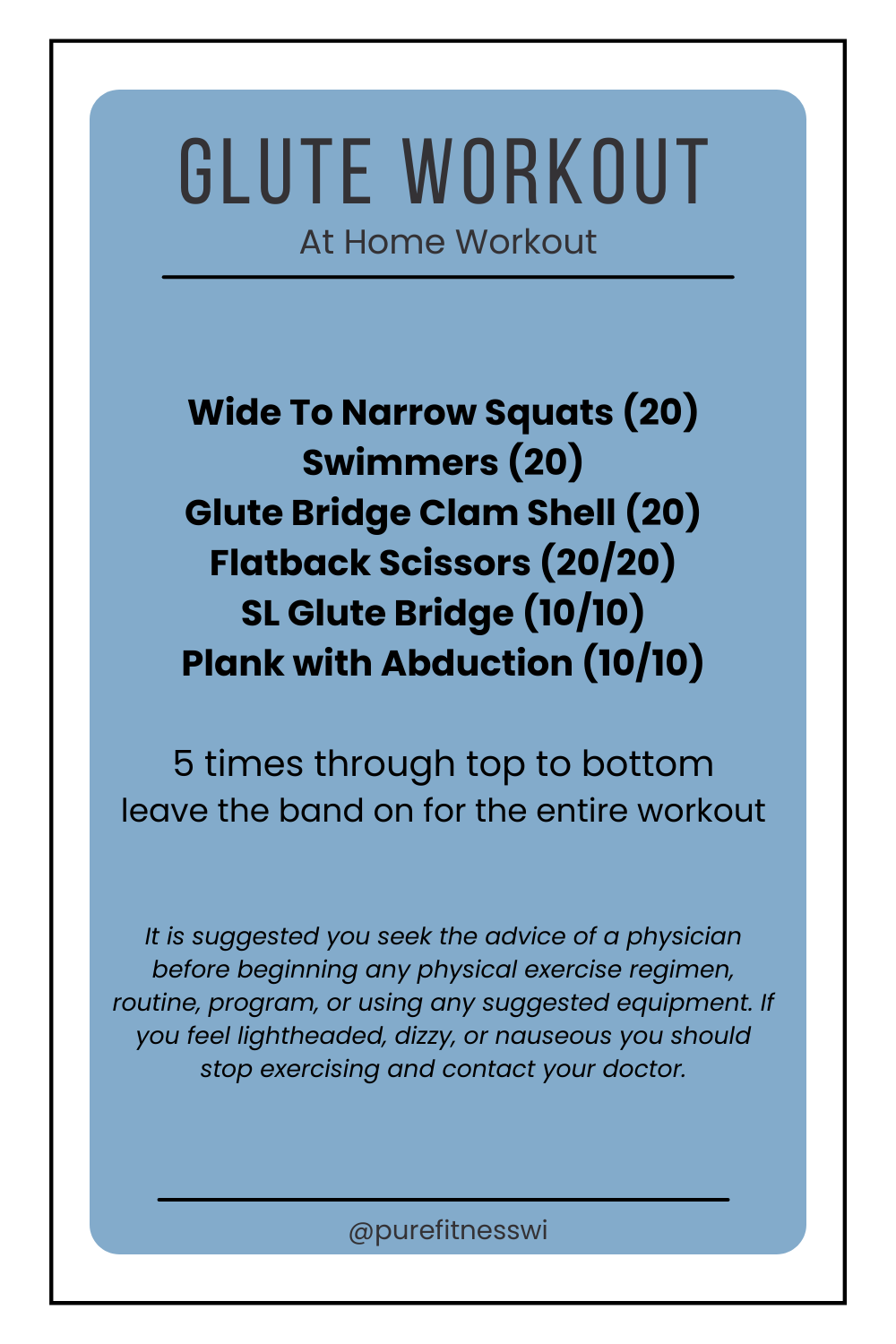
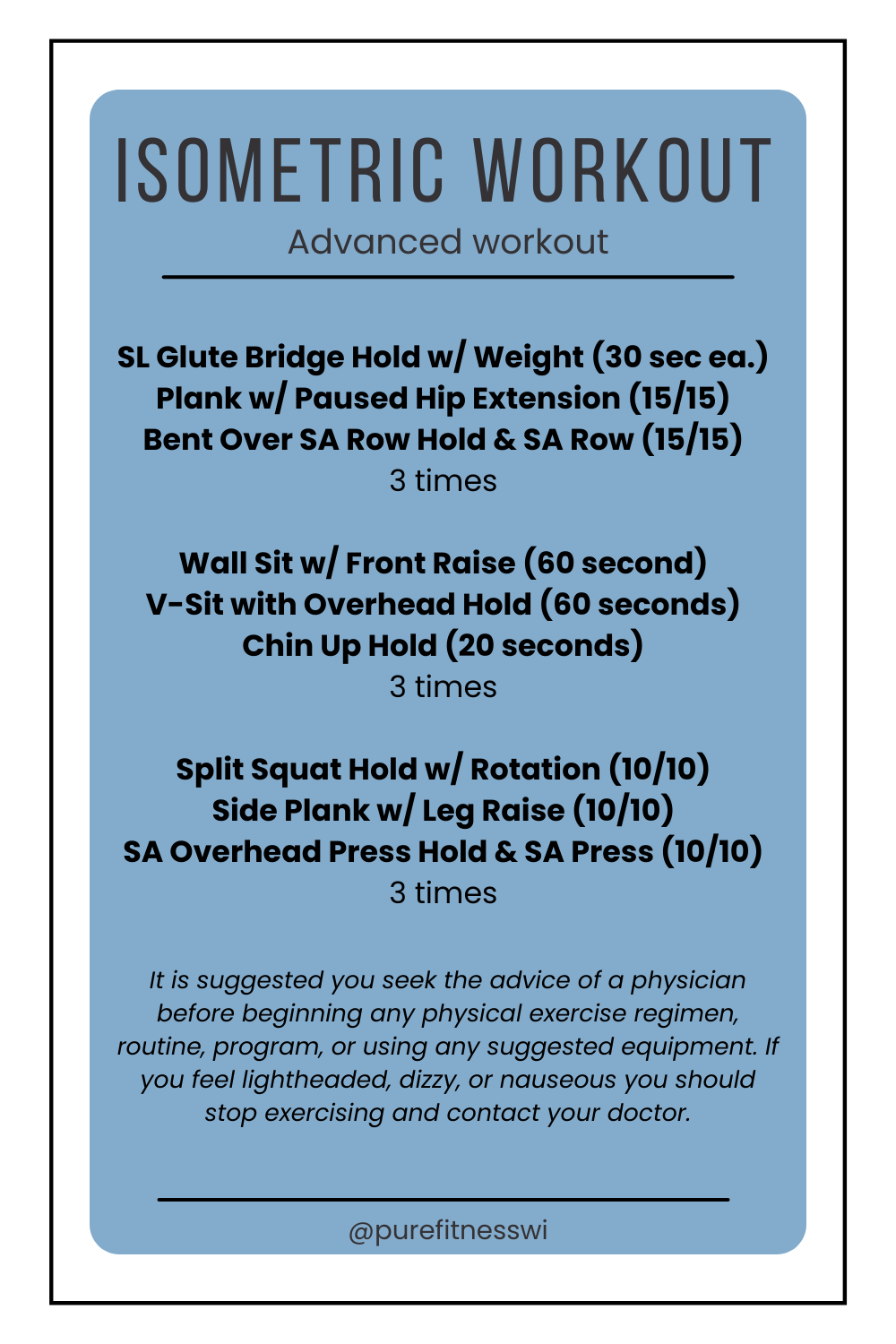
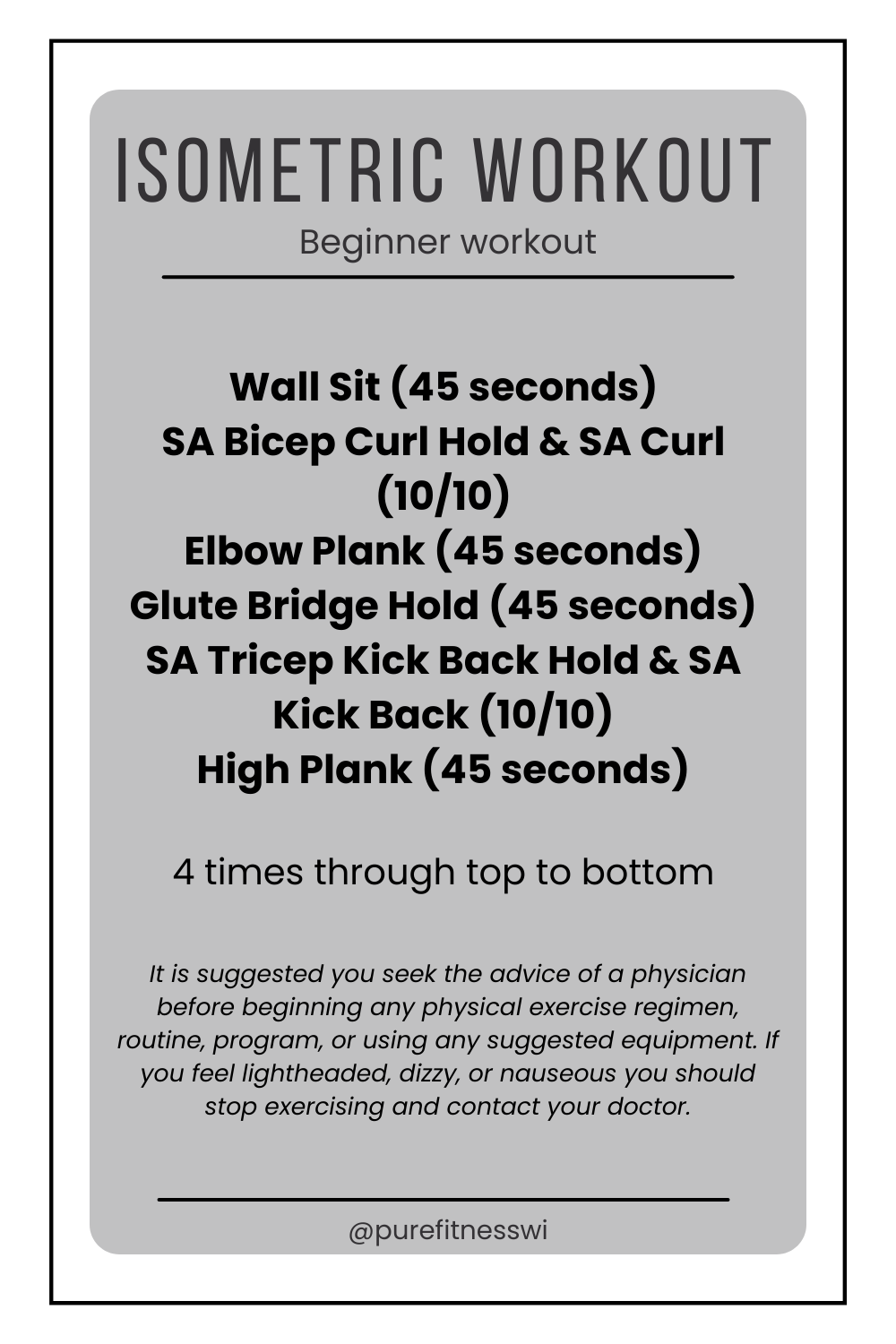
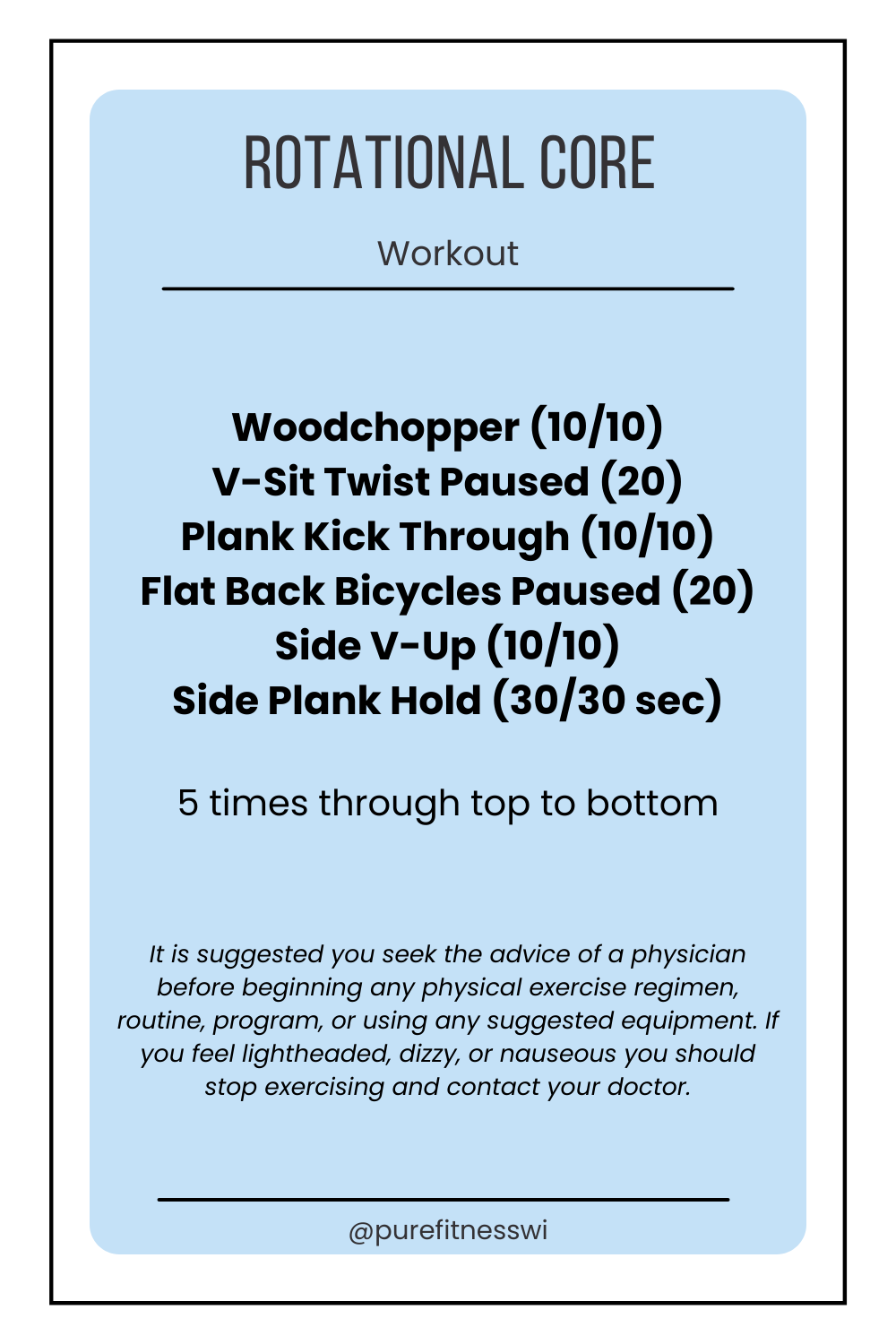
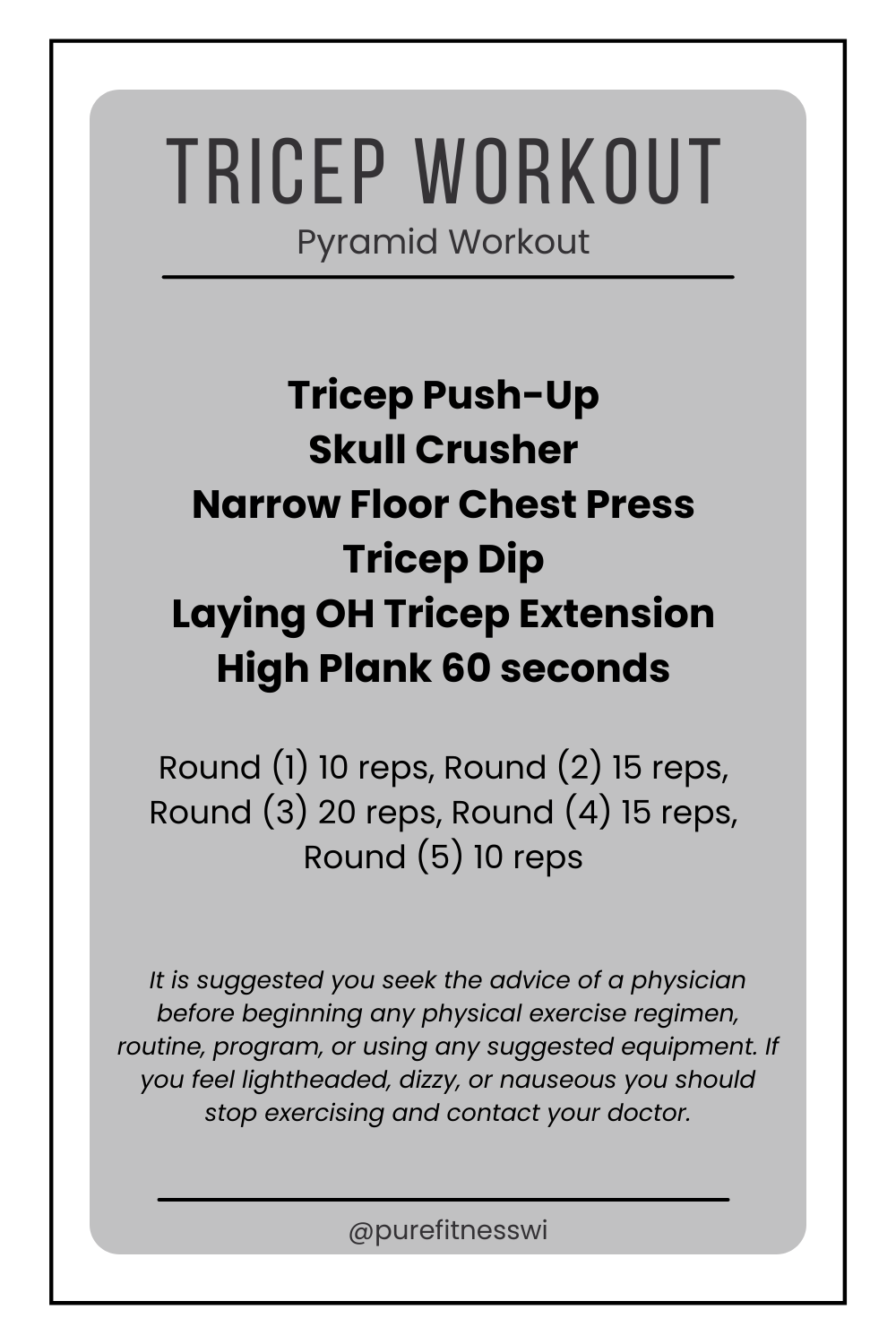





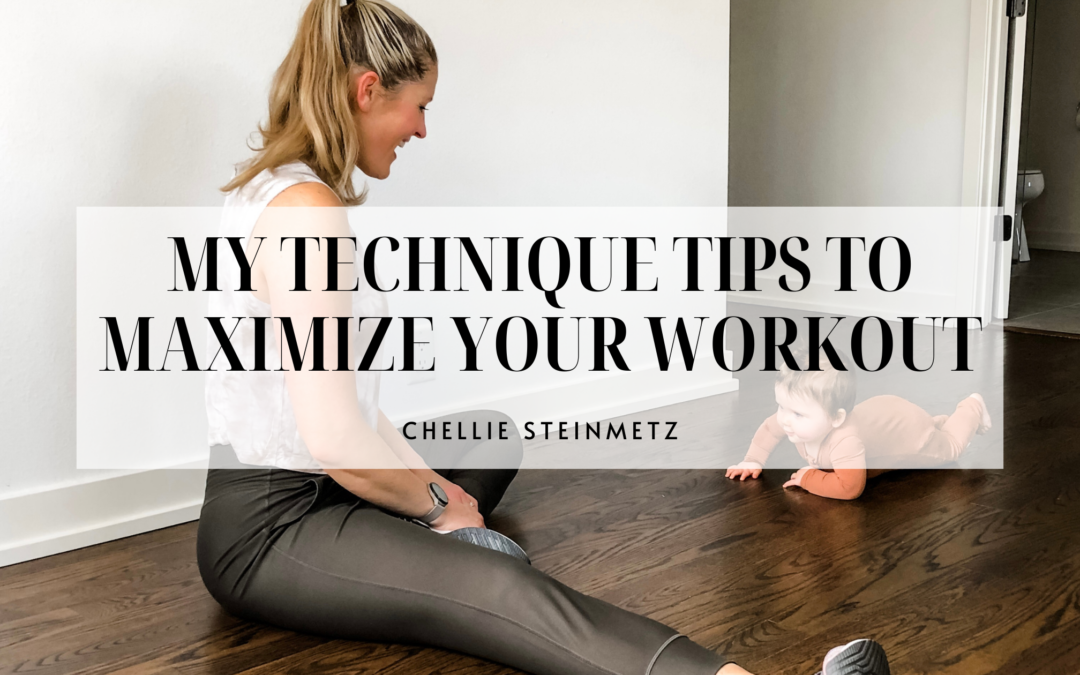





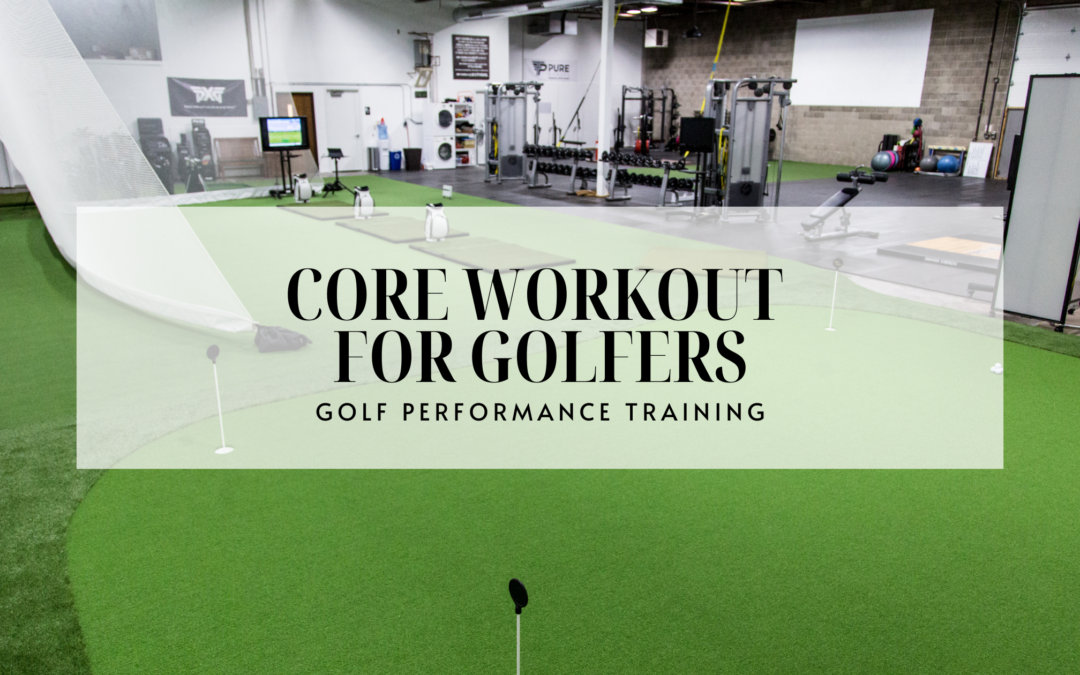
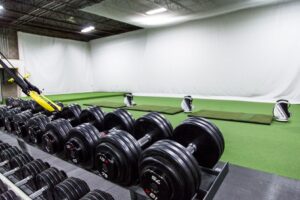 There are two top reasons why if you want to positively impact your golf game you should be training your core. And they are the two most common reasons golfers come to see us. They want to relieve back pain or stiffness that they have before playing golf and worsens as they play, or that starts as soon as they swing a club a few times, or that knocks them out of commission for a few days after playing a round.
There are two top reasons why if you want to positively impact your golf game you should be training your core. And they are the two most common reasons golfers come to see us. They want to relieve back pain or stiffness that they have before playing golf and worsens as they play, or that starts as soon as they swing a club a few times, or that knocks them out of commission for a few days after playing a round.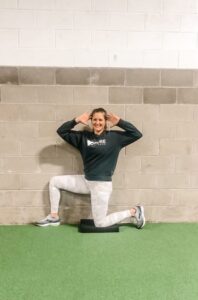 As discussed above golf is a rotational sport, starting from the ground up. So when we are looking to take power from the very bottom of our body and release it through our upper body there are a lot of transfer points.
As discussed above golf is a rotational sport, starting from the ground up. So when we are looking to take power from the very bottom of our body and release it through our upper body there are a lot of transfer points.